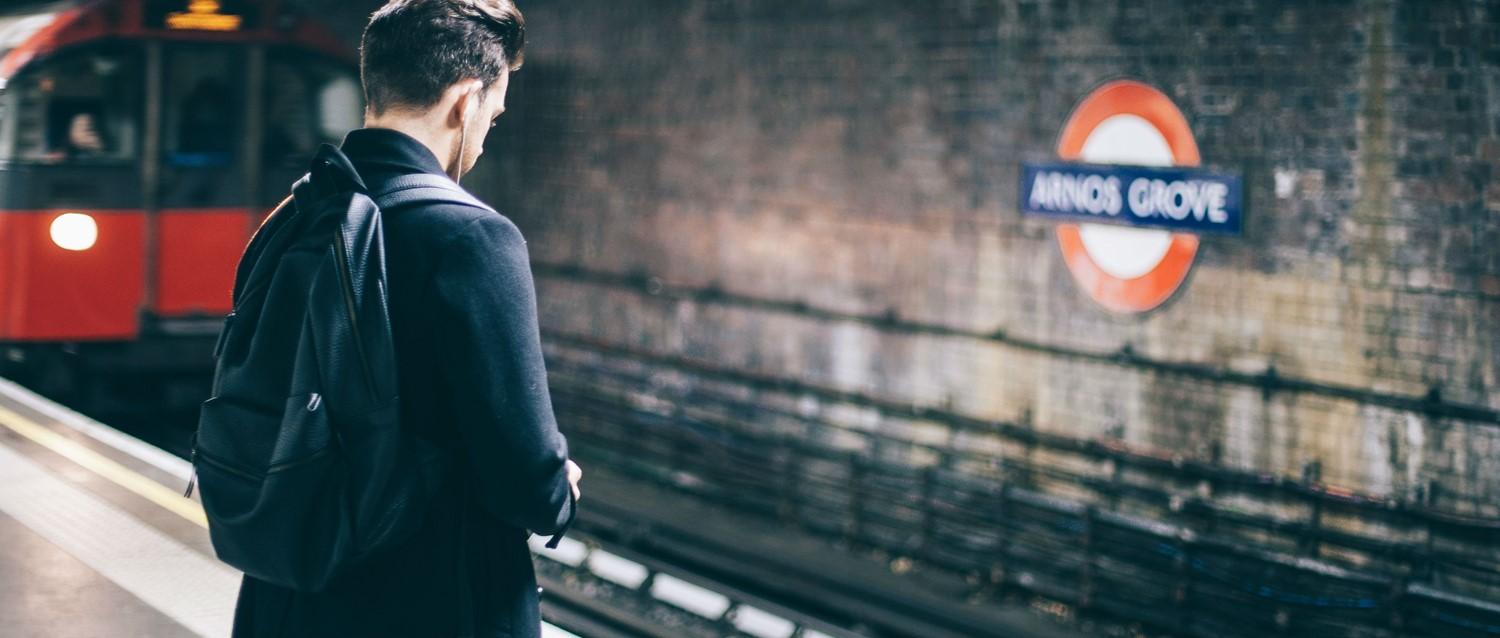
How to relieve sciatica pain
Peer reviewed by Dr Krishna Vakharia, MRCGPLast updated by Lawrence HigginsLast updated 26 Aug 2024
Meets Patient’s editorial guidelines
- DownloadDownload
- Share
- Language
- Discussion
Are you experiencing pain, numbness, or a tingling sensation in your lower back, hip, bottom, down your leg, or in your foot? This could mean that your sciatic nerve is injured or being squashed, resulting in sciatica pain. It may be that moving is very painful or uncomfortable, but did you know that bed rest can make pain worse? We explore how to relieve sciatica pain at home.
In this article:
Continue reading below
Do you have sciatica pain?
Sciatica happens when your sciatic nerve is injured or put under too much pressure. This nerve runs from your lower back, through your hips and bottom, and down your legs to your feet. Sciatica pain, and sciatic nerve pain, are terms often used interchangeably with sciatica - but sciatica can also describe numbness or a tingling sensation.
Sciatica isn't a health condition on its own, but a symptom of a health problem - for example, a herniated disk - often called a slipped disk - could be the root of the problem.
Sciatica symptoms
You may have sciatica if one or more of the following:
Your lower back.
Your bottom.
Your hip.
The back of your leg.
Your foot and toes.
Feels:
Painful - pain could be a shooting, stabbing, or burning sensation.
Numb.
Like pins and needles - tingling.
Weak.
Sciatica pain can range from mild to severe, depending on its cause. Usually, you'll only feel it down one side of your body. Coughing and sneezing can make sciatica pain worse.
How to relieve sciatica pain at home
As sciatica pain is a symptom of another condition, you should see a doctor to diagnose the underlying cause. It may be that you need medical treatment, and this is important to identify.
However, your doctor could also advise you to recover at home. Around 90% of people with sciatica pain get better without medical intervention - most within four to six weeks and sometimes less1.
To help ease your pain and speed up your recovery:
Keep up your usual activities
You may be tempted to put yourself on bed rest or to limit your movements. In fact, moving is probably the best thing you can do to ease your pain. Even if moving hurts, it's not causing further damage, and can actually help you to recover by:
Boosting blood flow to the injured areas, which supports healing.
Strengthening your muscles, which supports your spine.
Increasing your flexibility and range of motion.
Alleviating pain, by reducing the perception of pain.
This is not to say that you should push on through extreme pain. Rather, avoid sitting or lying down for long periods throughout the day and move as much as possible without causing yourself distress. It's also okay to rest up the first couple of days, and to gradually build up to your usual activities after this.
Buy the right painkillers
Not all over-the-counter painkillers are effective for sciatica pain. Paracetamol is unlikely to help, whereas ibuprofen and other anti-inflammatory drugs may relieve pain and swelling2. Ask your pharmacist for advice, and check if there are certain types you should not take. They can also recommend higher strength pain relief medication without a prescription.
Try exercises for sciatica
It may not sound appealing while you're in pain, but gentle exercise can make you feel better a lot quicker. Specifically, strengthening exercises for your back and core muscles, and stretching exercises to improve the flexibility in your spine, will allow your sciatic nerve to heal.
Use heat packs, not hot water bottles
If you're experiencing numbness, a hot water bottle could scald your skin without you realising. Instead, ease your sciatica pain with a heat pad from your pharmacy. This works best after using ice:
For the first 2-4 days, use ice packs on the area of your back or bottom area that hurts to reduce inflammation of the sciatic nerve.
Take care that the ice pack is wrapped in material and doesn't directly touch your skin.
Leave it on for up to 20 minutes at a time.
After four days, alternate between ice and heat packs several times a day as required, leaving at least 20 minutes between each use.
Use the heat pad as instructed on the package or by your pharmacist.
Adjust your sleep positions with cushions
While you sleep, you can reduce the pressure on the sciatic nerve by keeping your spine aligned, and this in turn may reduce sciatica pain. If you sleep on your side, the easiest way to do this is by positioning a small cushion between your knees. If you sleep lying on your back, place several cushions underneath your knees. Use firm cushions for this if possible.
Avoid heavy lifting and twisting
Gentle and regular movements are good, but heavy lifting or twisting can place too much strain on your injury, aggravating it further and resulting in more pain and perhaps further damage.
As a general rule, you should try to avoid heavy lifting or twisting for at least six weeks after your sciatica pain begins. Ask your doctor's advice, as this will depend on the severity of your sciatica. It could be that they tell you to avoid lifting objects altogether - even if they're relatively light.
When you are okay to haul heavier objects from the ground, just make sure you are lifting with your knees; not with your back:
Bend your knees to reach the object while keeping your back straight.
Hold the object securely in both hands.
To stand up straight, use your legs and not your back.
When should I see my doctor about sciatica pain?
Sometimes, home treatments aren't enough to relieve sciatica pain. You should see your doctor if after a few weeks: you've felt no improvements in your symptoms or you feel symptoms are getting worse. They may refer you to a physiotherapist, a neurologist, or even to a surgeon. Surgery is only for severe cases, and is usually a last resort if other treatments fail.
It may be that your symptoms are caused by a more serious condition. For example, cauda equina syndrome is a nerve disorder that needs urgent treatment to prevent permanent damage to your bladder and bowel. Although a rare disorder, it's vital that you see a doctor immediately if you suspect cauda equina syndrome.
Continue reading below
Further reading
Patient picks for Back pain

Bones, joints and muscles
How to relieve sciatica pain
Are you experiencing pain, numbness, or a tingling sensation in your lower back, hip, bottom, down your leg, or in your foot? This could mean that your sciatic nerve is injured or being squashed, resulting in sciatica pain. It may be that moving is very painful or uncomfortable, but did you know that bed rest can make pain worse? We explore how to relieve sciatica pain at home.
by Lawrence Higgins

Bones, joints and muscles
Everyday activities that can cause back pain
Most of us have experienced the odd twinge in our lower back when we've carried something a little too heavy, or a dull ache across the shoulders when we've been sitting at our computer for too long. For most of us, this pain is fleeting; but it serves as a reminder that some of the activities we engage in could be harming our back. So how do we protect our back from damage?
by Gillian Harvey
Continue reading below
Article history
The information on this page is peer reviewed by qualified clinicians.
Next review due: 23 Aug 2027
26 Aug 2024 | Latest version
10 Feb 2023 | Originally published
Authored by:
Amberley Davis

Ask, share, connect.
Browse discussions, ask questions, and share experiences across hundreds of health topics.

Feeling unwell?
Assess your symptoms online for free
Sign up to the Patient newsletter
Your weekly dose of clear, trustworthy health advice - written to help you feel informed, confident and in control.
By subscribing you accept our Privacy Policy. You can unsubscribe at any time. We never sell your data.